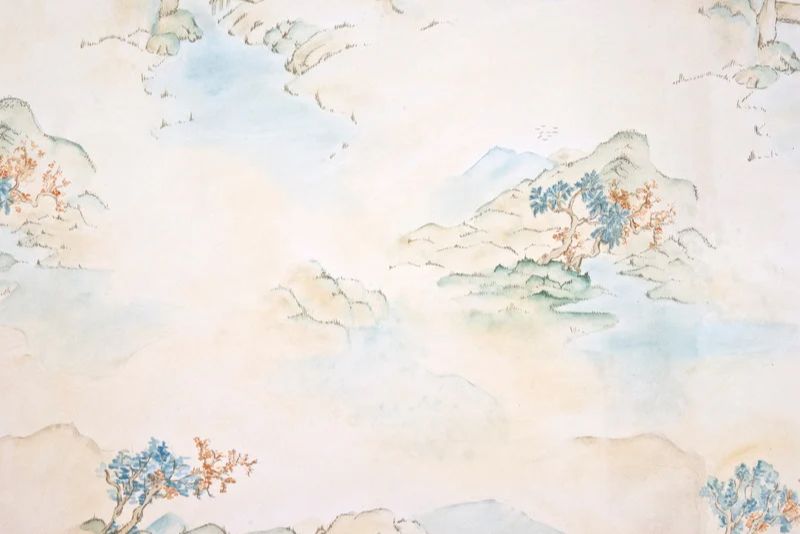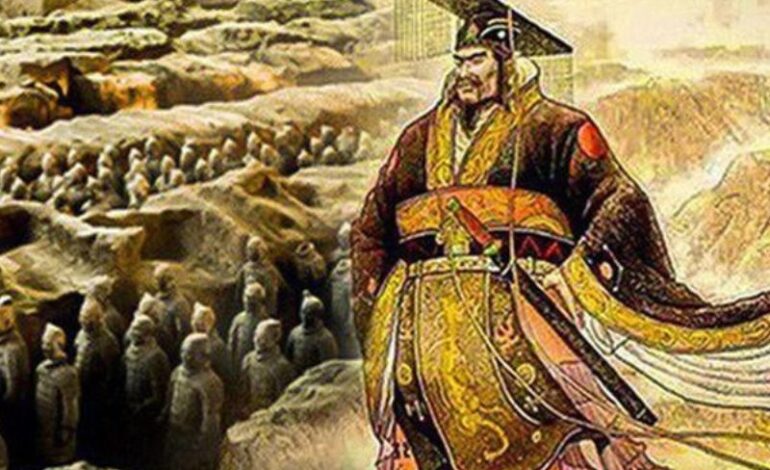The Captivating 5,000-Year Saga of Chinese Civilization: Unraveling the Timeless Threads of an Ancient Superpower

The Enduring Enigma of Chinese Culture: Unraveling the Threads of an Ancient Civilization

China’s cultural tapestry is a marvel to behold, a rich and intricate design woven over millennia. From the towering mountains and sweeping deserts to the bustling cities and serene rural landscapes, the vastness of this ancient land has given rise to a civilization that continues to captivate the world. But what are the threads that have been so meticulously interwoven to create this enigmatic cultural masterpiece?
Geographical Diversity and the Forging of Regional Identities
China’s sheer scale has been a defining force in the evolution of its culture. Imagine a land so vast that it encompasses snow-capped peaks, arid steppes, and verdant river valleys – each distinct region nurturing its own unique traditions and customs. The Yellow River in the north and the Yangtze in the south gave birth to ancient civilizations that, while sharing a common Chinese heritage, developed their own unique dialects, cuisines, and artistic styles.
This geographical isolation fostered a deep sense of regional pride and self-sufficiency, as if each province were a small kingdom unto itself. The “Middle Kingdom” mentality, with China at the center of the known world, only served to heighten this provincial identity, leading to a rich tapestry of cultural expressions that have endured for millennia.
The Enduring Influence of Philosophical and Spiritual Traditions

Woven through the fabric of Chinese culture are the philosophical and spiritual strands of Confucianism, Taoism, and Buddhism – each contributing its own distinct hue and texture. Confucianism, with its emphasis on social hierarchy, filial piety, and the pursuit of education, has been a driving force in shaping the values and behaviors of the Chinese people for centuries.
The concept of the “Mandate of Heaven,” which legitimized the rule of the emperor, was a central tenet of Confucianism, helping to maintain the stability of the imperial system. Taoism, with its focus on the natural world and the harmonious interplay of yin and yang, has influenced Chinese art, literature, and even architecture, imbuing the culture with a sense of balance and tranquility.
The introduction of Buddhism in the first century AD added another layer of complexity to the Chinese cultural tapestry. The Buddhist concepts of karma, reincarnation, and the pursuit of enlightenment were woven seamlessly into the existing philosophical and religious traditions, creating a uniquely syncretic system of beliefs that continues to shape the spiritual life of the Chinese people.
The Enduring Influence of the Imperial System and the Bureaucratic Elite
The imperial system, which dominated China for over two millennia, was a powerful force in shaping the country’s cultural identity. The emperor, as the “Son of Heaven,” wielded absolute authority and was seen as the embodiment of the Mandate of Heaven. This centralized system of power gave rise to a highly sophisticated bureaucracy, responsible for the implementation of policies and the preservation of cultural traditions.
The bureaucratic elite, known as the scholar-gentry, were educated in the Confucian classics and held a privileged position in society. They were instrumental in the transmission and preservation of Chinese cultural heritage, ensuring that it remained relatively stable and consistent over time. This elite class, with its reverence for the written word and its dedication to the arts, played a crucial role in the development of Chinese calligraphy, literature, and scholarship.
The Enduring Enigma of the Chinese Writing System

At the heart of Chinese culture lies the enigmatic writing system, a unique and powerful tool that has shaped the country’s intellectual and artistic landscape. The logographic characters, each a work of art in their own right, have been the foundation for the dissemination of Chinese philosophy, literature, and scientific knowledge.
The mastery of this complex writing system has long been a mark of social status and personal cultivation, with calligraphers and scholars revered for their skill and dedication. The widespread use of the written language has also contributed to the preservation of Chinese cultural traditions, as these characters have been the vessel through which countless stories, poems, and historical records have been passed down through the generations.
The Enduring Legacy of Chinese Influence on the World

China’s cultural influence has extended far beyond its own borders, shaping the art, architecture, and traditions of its neighbors and the wider world. The silk trade, for example, was instrumental in the exchange of goods, ideas, and technologies between China and the West, leading to the creation of the famous Silk Road.
Chinese art, including porcelain, jade, and paintings, has been highly prized throughout history, and has influenced the artistic traditions of many other cultures. The introduction of Chinese cuisine, with its emphasis on balance, freshness, and complexity of flavors, has also had a global impact, with Chinese restaurants and dishes becoming popular worldwide.
In the realm of technology and innovation, China has also made significant contributions, from the invention of paper and printing to the development of gunpowder and the compass. These technological advancements have had a profound impact on the course of human history, demonstrating the enduring influence of Chinese culture.
Unraveling the Threads of an Ancient Civilization

China’s cultural tapestry is a testament to the resilience, creativity, and adaptability of the Chinese people. From the towering mountains to the bustling cities, the threads of geography, philosophy, religion, politics, and language have been woven together to create a cultural masterpiece that continues to captivate and inspire the world. As we unravel the enigma of Chinese culture, we are reminded of the richness and complexity of the human experience, and the enduring power of this ancient civilization to shape the course of history.








![Top 5 Most Powerful Mysterious Creatures Of All Time[Updated 2024]](https://newsdailybeats.com/wp-content/uploads/2024/06/mystery-creatures-1.jpg)
